The competitive dynamics within the pasta market are characterized by a blend of innovation, regional expansion, and strategic partnerships. Key players such as Barilla (IT), De Cecco (IT), and Rummo (IT) are actively shaping the landscape through their operational focuses. Barilla (IT) emphasizes sustainability and product diversification, while De Cecco (IT) is known for its premium positioning and quality assurance. Rummo (IT), on the other hand, has been focusing on traditional production methods, which appeal to a niche market segment. Collectively, these strategies foster a competitive environment that is both dynamic and responsive to consumer preferences.
In terms of business tactics, localizing manufacturing and optimizing supply chains are pivotal. The market structure appears moderately fragmented, with several players vying for market share. This fragmentation allows for a variety of product offerings, catering to diverse consumer tastes. The influence of key players is substantial, as their strategic decisions often set trends that smaller companies may follow, thereby shaping the overall market trajectory.
In October 2025, Barilla (IT) announced a new initiative aimed at reducing its carbon footprint by 30% by 2030, which underscores its commitment to sustainability. This strategic move not only enhances its brand image but also aligns with the growing consumer demand for environmentally friendly products. Such initiatives are likely to resonate well with eco-conscious consumers, potentially increasing market share.
In September 2025, De Cecco (IT) launched a new line of organic pasta products, responding to the rising trend of health-conscious eating. This product line aims to capture a segment of the market that prioritizes organic ingredients, thereby reinforcing De Cecco's premium brand positioning. The introduction of organic options may attract a new customer base, further solidifying its competitive stance.
In August 2025, Rummo (IT) expanded its distribution network by partnering with several online grocery platforms, enhancing its accessibility to consumers. This strategic action reflects a broader trend towards digitalization in the food sector, allowing Rummo to reach a wider audience and adapt to changing shopping behaviors. Such partnerships are crucial in maintaining relevance in an increasingly digital marketplace.
As of November 2025, current competitive trends indicate a strong emphasis on digitalization, sustainability, and the integration of AI technologies. Strategic alliances are becoming increasingly important, as companies seek to leverage shared resources and expertise. The competitive differentiation is likely to evolve from traditional price-based competition to a focus on innovation, technology, and supply chain reliability. This shift suggests that companies that prioritize these aspects will be better positioned to thrive in the future.


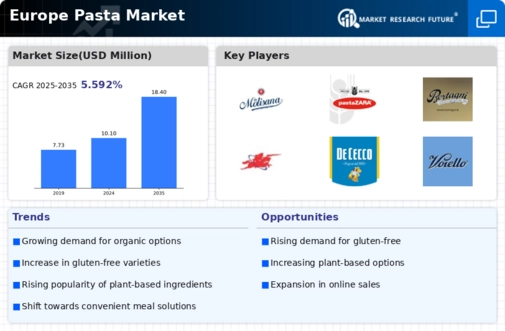
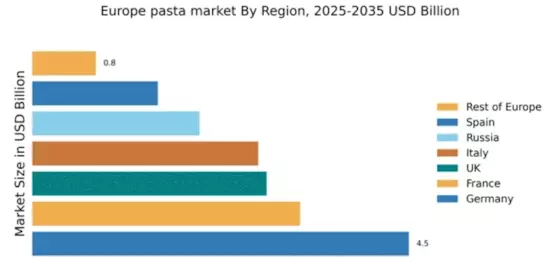


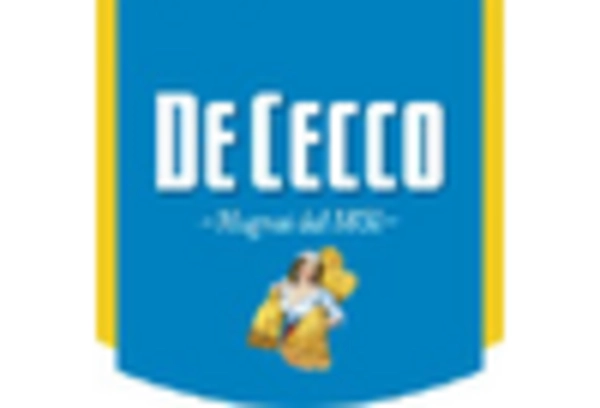
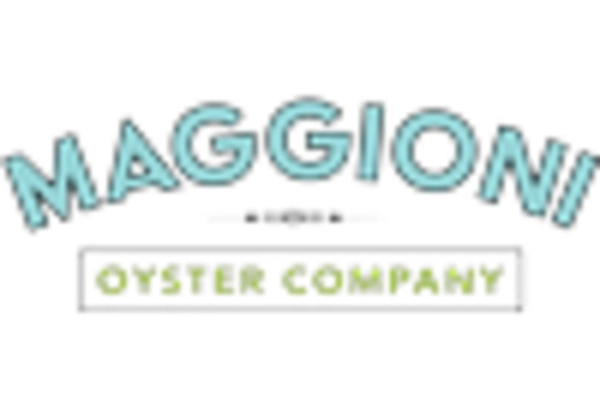
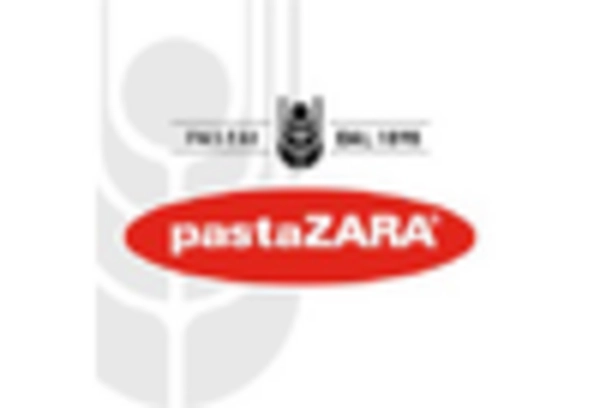









Leave a Comment